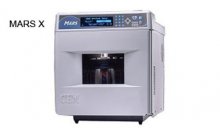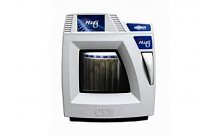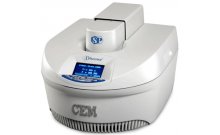根據USP藥典<233>方法對藥物進行微波消解
Microwave Digestion of Pharmaceutical Samples Via Proposed USP Chapter <233>
Application Notes
Introduction
Known limitations with USP Chapter <231> – Heavy Metals, which was written in 1905, have led to the development of
new methods for the preparation and analysis of pharmaceutical samples. The proposed replacements, USP Chapters
<232> and <233>, were first published in January of 2010 with subsequent updates made in 2011, 2012, and 2013.
The implementation date has been further delayed due to harmonization efforts with the IEC. The final method is
now expected to be published in August 2015 with implementation to begin in December 2015 at which time,
USP Chapter <231> will be removed completely.
USP Chapter <232> identifies fifteen elements to be tested with concentration limits set based upon how they are
introduced to the body. Arsenic, mercury, cadmium and lead, also known as the “big four,” are the elements of chief
concern due to their toxicity and pervasiveness. Testing will be required for raw materials, excipients, contaminants
introduced during the manufacturing process of API’s, metals added as catalysts and leachable metallic impurities
from packaging materials. Additional elements will need to be tested based upon the manufacturing process, added
catalysts, and the environment from which the raw materials were extracted. This paper will discuss the preparation
and analyte recovery of three pharmaceutical samples spiked with As, Cd and Hg.




